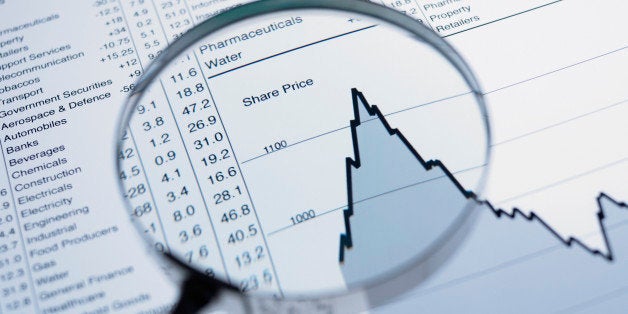
The financial crisis cost the typical U.S. family at least one full year's income, according to a new Fed study.
Economists at the Dallas Federal Reserve, in a study published on Tuesday, estimate that the financial crisis, which peaked with the Lehman Brothers collapse five years ago, cost the U.S. economy between $6 trillion and $14 trillion, or between 40 and 90 percent of one year's U.S. gross domestic product. Put another way, that represents a loss of between $50,000 and $120,000 per U.S. household, the Dallas Fed estimates.
Median household income was about $50,000 in 2009, according to the latest Census Bureau data available, meaning the crisis cost the typical U.S. family one to two years' income.
Of course, some families likely lost quite a bit more than that. More than two years after the crisis ended, about 1.5 million people had been unemployed for more than 99 weeks, or roughly two years, according to a study by the Congressional Research Service study.
Though unemployment has drifted down to 7.3 percent from a peak of 10 percent, that is partly because at least 2.5 million people have left the work force altogether, giving up in despair of finding work and no longer being counted among the unemployed.
Nearly 8 million more are working part-time because they cannot find full-time work. Middle-income jobs lost during the recession have been mostly replaced by low-paying jobs.
And people who lost work after the crisis may have suffered permanent damage to their ability to earn a decent income.
In other words, some people have lost a lot more than two years' income.
This is the Dallas Fed's second stab this year at estimating crisis costs, though somewhat more conservative -- its earlier report pegged costs at more than $14 trillion. It is consistent with other studies showing total crisis costs of ranging from $13 trillion to $17 trillion to $22 trillion.
The Dallas Fed's measure is a long-term one, weighing the economy's real output against its potential in the years since the crisis. The economists note, ominously, that economic output may never get back to its full potential, meaning the total cost could be a lot more than $14 trillion.
